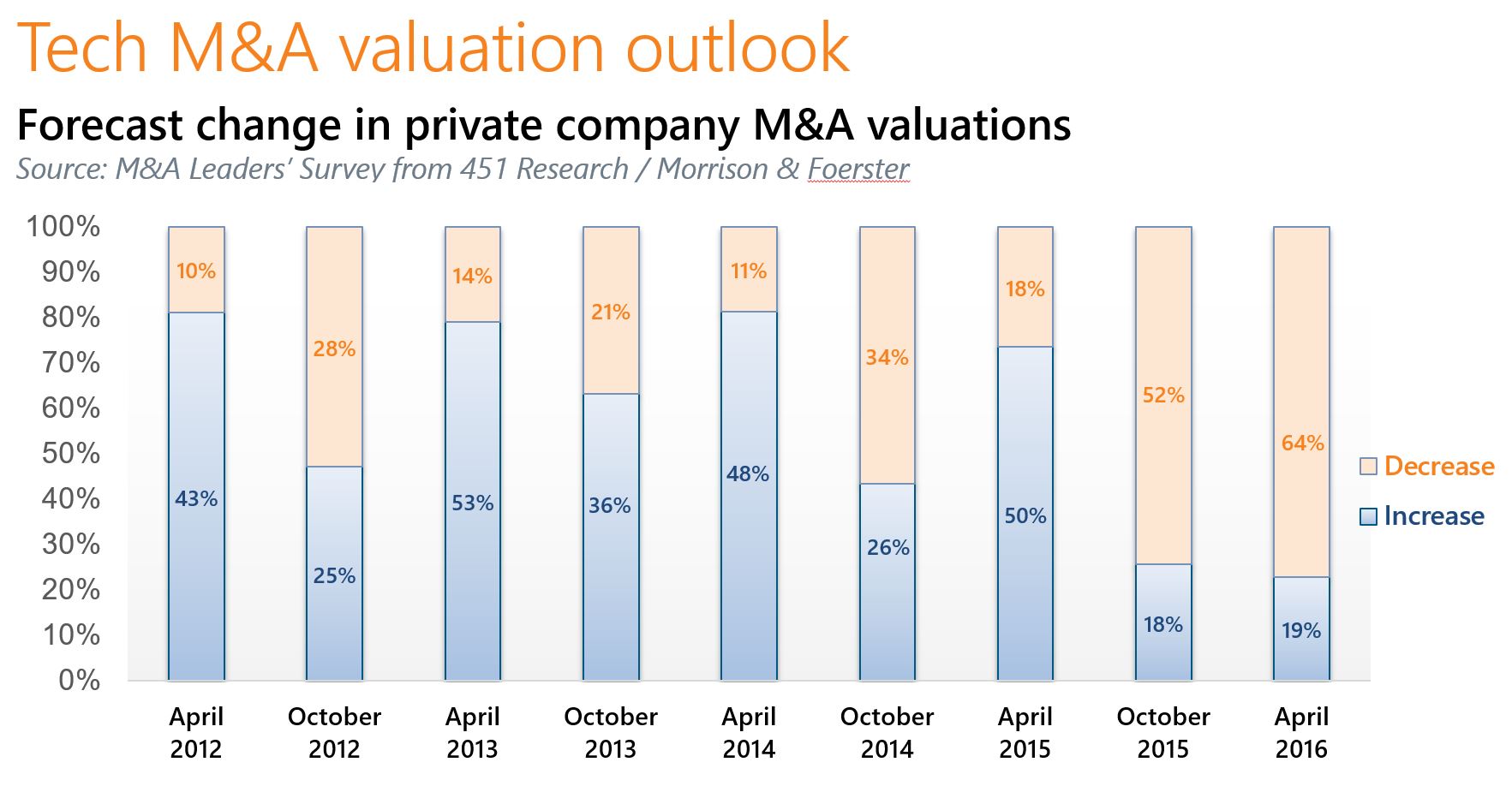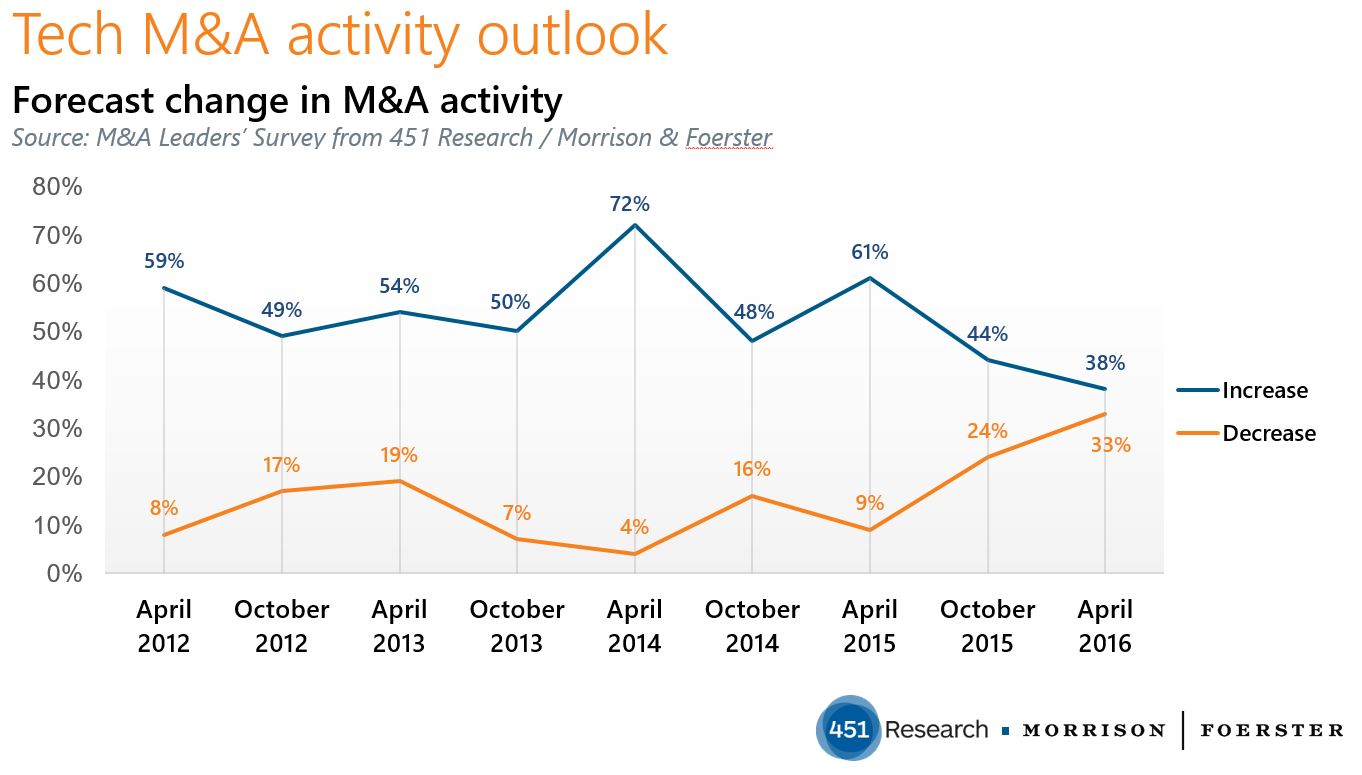Contact: Brenon Daly
Like several of its high-profile peers, Zuora is trying to make the jump from startup to grownup. That push for corporate maturity was on full display this week at the company’s annual user conference. Sure, Zuora announced enhancements to its subscription management offering and basked in the requisite glowing customer testimonials at its Subscribed event. But both of those efforts actually served a larger purpose: landing clients outside Silicon Valley. In many ways, the success of Zuora, which has raised a quarter-billion dollars of venture money, now hinges on the question: ‘Will it play in Peoria?’
When Zuora opened its doors in 2008, many of its initial customers were fellow startups, which were already running their businesses on the new financial metrics that the company not only talked about but actually built into its products. Both in terms of business culture and basic geography, Zuora’s deals with fellow subscription-based startups represented some of the most pragmatic sales it could land. But as the company has come to recognize, there’s a bigger world out there than just Silicon Valley. (As sprawling and noisily self-promoting as it is, the tech industry actually only accounts for about 20% of the Standard & Poor’s 500, for instance.) We have previously noted Zuora’s efforts to expand internationally.
As part of its attempt to gain a foothold in the larger economy, the company is reworking its product (specifically, its Zuora 17 release that targets multinational businesses) as well as its strategy. That might mean, for instance, Zuora going after a division of a manufacturing giant that has a subscription service tied to a single product, rather than just netting another SaaS vendor. Sales to old-economy businesses tend to be slower, both in terms of closing rates as well as the volume of business that gets processed over Zuora’s system, both of which affect the company’s top line.
In terms of competition, the expansion beyond subscription-based startups also brings with it the reality that Zuora has to sit alongside the existing software systems that these multinationals are already running, rather than replace them. Further, some of the providers of those business software systems have been acquiring some of the basic functionality that Zuora itself offers. For example, in the past half-year, both Salesforce and Oracle have spent several hundred million dollars each to buy startups that help businesses price their products and rolled them into their already broad product portfolios.
Zuora has attracted more than 800 clients and built a business that it says tops $100m. As the company aims to add the next $100m in sales with bigger names from bigger markets such as media, manufacturing and retail, its new focus looks less like one of the fabled startup ‘pivots’ and more like just a solid next step. Compared with a company like Box – which started out as a rebellious, consumer-focused startup but has swung to a more button-down, enterprise-focused organization that partners with some of the companies it used to mock – Zuora is facing a transition rather than a transformation.
For more real-time information on tech M&A, follow us on Twitter @451TechMnA.




